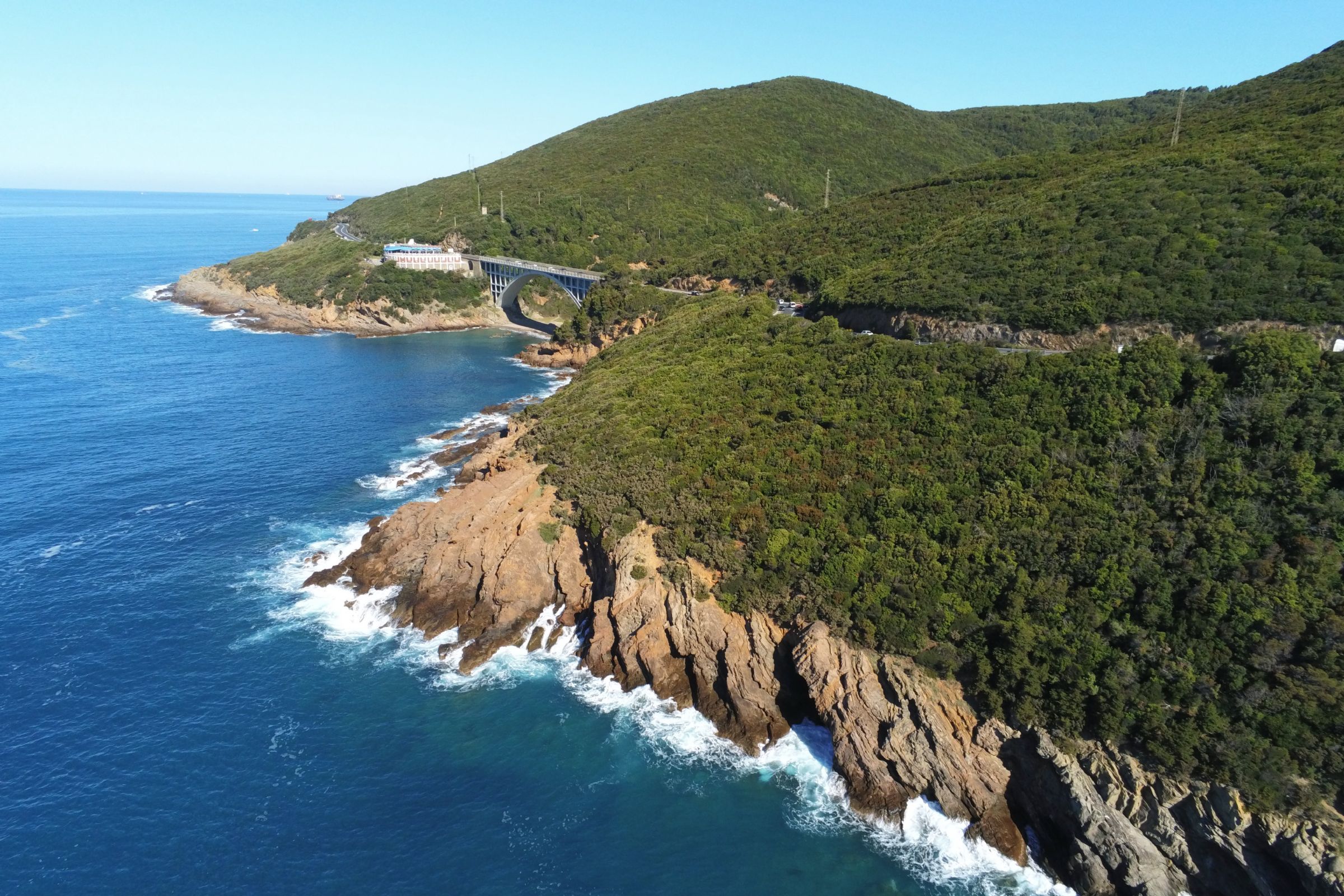Coast of the Etruscans
From Livorno to Piombino a strip of luxuriant land winds along a crystalline sea which, for its scenic beauty, artistic interest and culinary specialties, represents an ideal holiday destination. It is the Etruscan Coast: here art and nature, history and good food shine under the rays of the sun.
Among the intense colors of the fragrant Mediterranean scrub emerge the countless ruins of a millenary history that starts from the ancient Etruscan people. A distant past that here is not confined to the halls of museums, but breathes in the open air, in archaeological parks .
Archaeological Park of Baratti and Populonia
From the slopes of the promontory of Piombino to the Gulf of Baratti, this park extends where landscape scenes of unchanged charm have framed archaeological remains of particular importance for centuries.
Perched on a promontory, Populonia overlooks the sea, since it was founded by the Etruscans, of which it was one of the main cities, as well as the only one on the coast. Next to the walls and the faint traces of the huts of the local aristocracy stand the remains of another Populonia, the Roman one, with temples, spas and sanctuaries.
Traveling along roads that flank wooded areas and Mediterranean scrub, you reach the industrial area and the necropolis that lie on the first hills that surround the inlet of the Gulf of Baratti .
Among the woods of the promontory you can discover the ruins of the Benedictine monastery of San Quirico that tell of a disappeared city.
San Vincenzino Park
Near Cecina, inside a suggestive park, stands a Roman building with open spaces on gardens and arcaded areas. Dating back to the second half of the 1st century BC, the building was equipped with a water system consisting of several tunnels that filtered the water and collected it in an imposing underground cistern .
In the II-III centuries d. C. the baths and the dining room were added, embellished by a nymphaeum. Later part of the housing structures was used for the production of oil.
Towards the fifth century this villa ended up in a state of neglect such that an extensive necropolis was built on its area between the seventh and eighth centuries.
At the archaeological area you can see numerous finds from the villa, such as ceramic vases, coins and various tools.
Archaeological Mines Park of San Silvestro
Located behind Campiglia Marittima, the park bears witness to centuries of metal mining and processing. The guided tour continues among museums, mines and a village founded about a thousand years ago.
Along the way, you follow the journey made by the minerals by train, from the extraction phase in the Temperino Valley to the processing phase at the treatment plants in the Valle dei Lanzi. In the background you can see, at the foot of Monte Calvi, the remains of the fortified village of Rocca San Silvestro , the heart of the Park.
Built on the initiative of the Della Gheradesca family, interested in exploiting the mineral resources of the area, the village is spread over two levels: on the side the noble residences dominate, below the industrial and residential areas are relegated.
